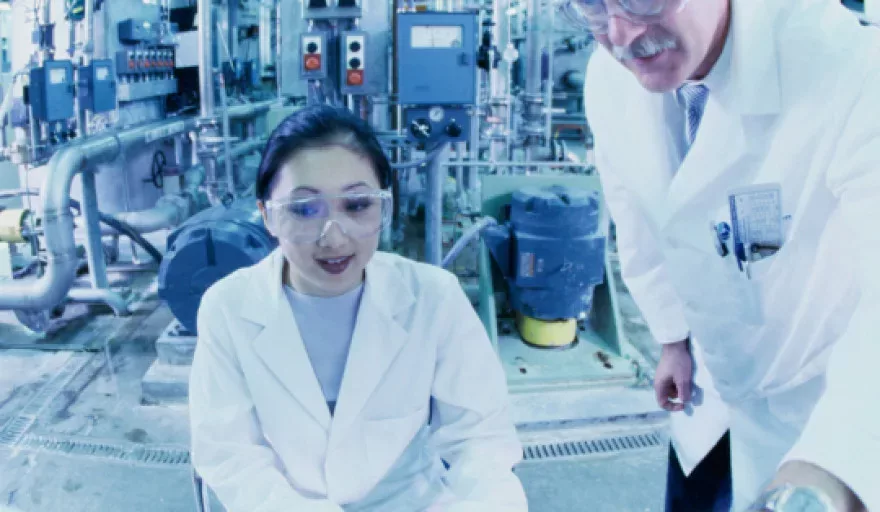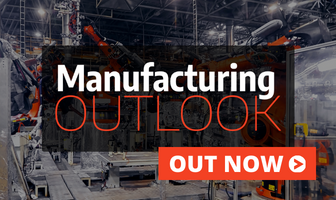In the evolution towards the Smart Manufacturing paradigm, end-user requirements are set to evolve and become more complex than ever before.
Global suppliers find it increasingly difficult to meet the growing needs of the end-users that are further augmented with a very high degree of complexity. But the current scenario will also provide the biggest opportunity to realign exiting business approaches and forge alliances and partnerships with market participants. The result would be a newly built supplier ecosystem that can effectively address end-user needs for growth in near and long-term perspectives.
According to a recent Frost & Sullivan research on the industrial services market, a new wave of influence is disrupting business dynamics between end-user and supplier. This change is founded on new service paradigms that are enabling end-users to achieve high degrees of cost optimisation and enhanced operational efficiency.
For instance, end-users and supplier equations are currently being determined by service architectures founded on frameworks defined by advanced ICT. Services based on such advanced ICT concepts, were found to hold more than 75 percent of the global industrial services market in 2014.
While spare parts and maintenance still retain a major share of the service revenue models, the growth of advanced services is expected to witness a CAGR of 20 percent over the coming years.
“In order to design and deliver such advanced services, industrial suppliers are required to forge partnerships with cloud and data analytics vendors,” notes Frost & Sullivan Practice Director Industrial Automation & Process Control and Measurement & Instrumentation, Muthukumar Viswanathan. “In some end use cases even the most rudimentary solutions built on an integrated analytics package have enabled suppliers’ upsell and increase product prices by up to 10 percent. It also helped achieve differentiation in a technology saturated market place.”
Major structural revisions are also expected on the shop floor driven by the advent of M2M (machine-to-machine) communication. By 2020, nearly 12 billion devices in the industry are poised to be connected via advanced M2M technology.
“There is still a lot of scepticism surrounding this rapid transition towards the smart factory framework, however. This can be summed up by a key question that surfaces across all major industrial discussion forums. Who will be the single responsible entity for the integrated solution delivered to an end-user?” Viswanathan continues. “I would opine that although the emerging business demands would warrant an ecosystem approach, there will still be one key partner who would liaise with the end-user and agree to be the ultimate risk bearer of the final solution delivered to the customer.”


































